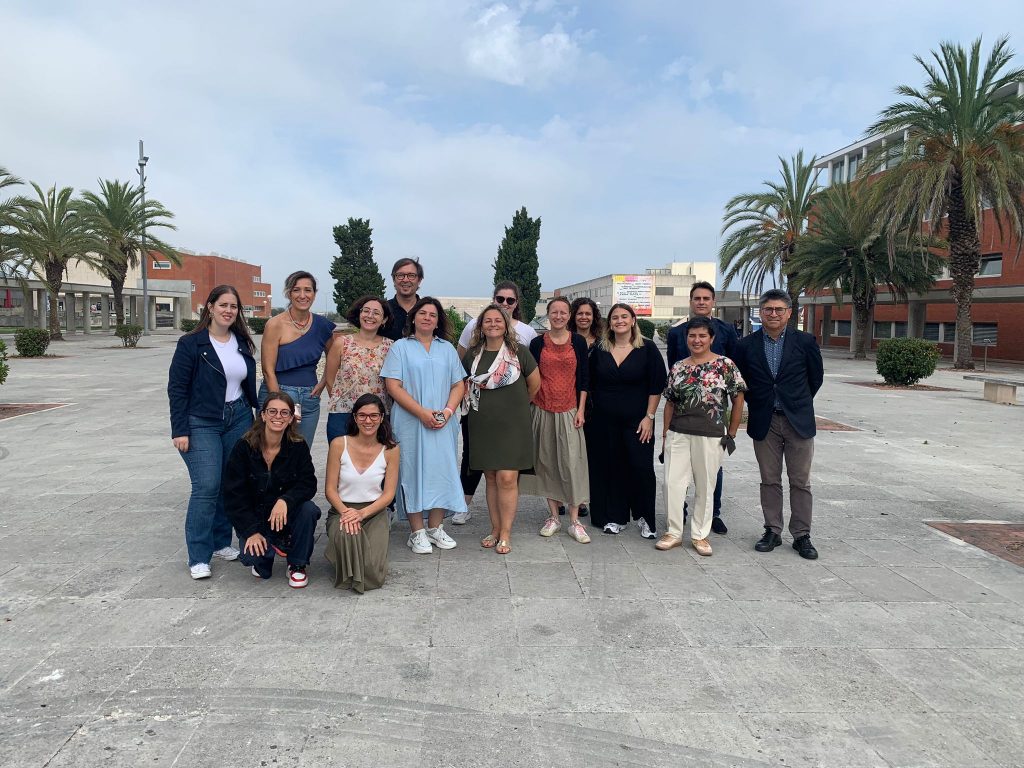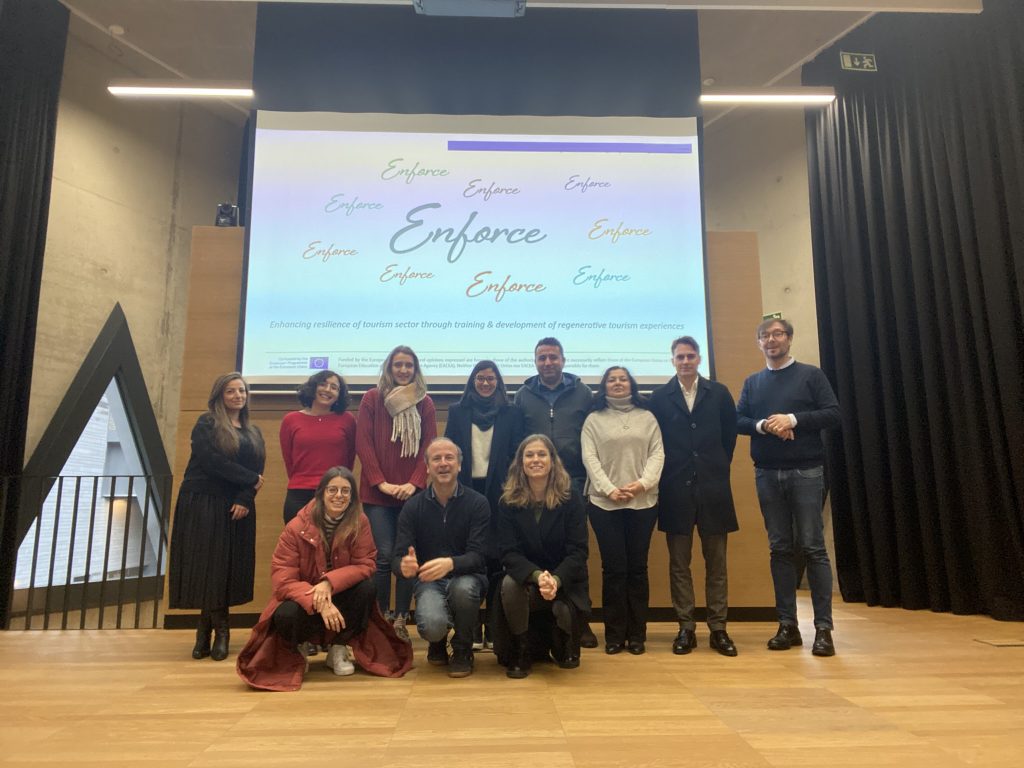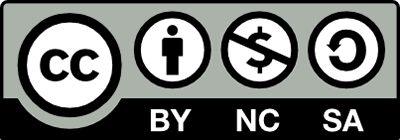Atlıhan
ATLIHAN HANDICRAFTS BAZAAR IN ODUNPAZARI, ESKISEHIR -EN
Atlıhan Handicrafts Bazaar was established in 2005 by the Odunpazarı Municipality to promote and market Eskişehir’s highly valuable meerschaum to the world and to support and encourage our meerschaum artisans, who dedicate their lives to traditional arts.
With its 25 workshops, Atlıhan Handicrafts Bazaar has become the first stop for people in Türkiye who want to learn about meerschaum and see its products.
Atlıhan was originally built in the 1850s by Takattin Bey, one of Eskişehir’s major landowners, as a place for merchants, travelers, and villagers coming from nearby towns and villages to stay with their animals. Villagers who came to sell firewood at the daily market in the square would first stop at Atlıhan to leave their ox carts and animals, then head to the market. In the evening, they would return to the inn to spend the night.
Since its construction, Atlıhan has changed hands many times but has largely remained true to its original purpose. During the War of Independence, when the region was occupied by the Greeks, the Greek soldiers used a house at the intersection of Beyler Street and Tiryaki Hasan Pasha Street as their headquarters. Every day, they would gather in the square opposite Atlıhan, sit at tables set up for them, and drink tea from Atlıhan’s teahouse until nightfall.
After the establishment of the Republic, the Eskişehir Garrison Command rented the inn from its owner, Circassian Hüseyin, to house its horses. However, due to the noise caused by hundreds of horses being brought to and from the watering place near Akarbaşı Mosque twice daily, the soldiers vacated the inn after a few months.
At the time, the inn featured a large wooden entrance door and a spacious central courtyard. Opposite the entrance was the stable area for animals, with a blacksmith’s shop in the right corner for their care. A well in the center provided water for both animals and guests. The left side of the ground floor contained a dormitory lined with mattresses. Villagers selling firewood at the nearby Hicri Sezen Park, which was an open square in the 18th century, would stay overnight in this dormitory after the market closed. The upper floor, accessible via stairs on the right, consisted of small rooms rented by middle-class individuals.
In later years, Atlıhan mainly housed poorer villagers, while wealthier travelers stayed at what is now known as Bahçeli Kahve, located opposite Hicri Sezen Park. Atlıhan served not only as a resting and lodging place but also as a social hub where locals gathered. It was a center for the region’s social, political, and economic life, complete with a teahouse. Over time, it became known by names such as Tavafçı Hanı and Odunpazarı Hanı.
The well in Atlıhan’s courtyard remained intact until the late 19th century. According to legend, Greek soldiers threw their gold into this well while fleeing the region after their heavy defeat during the War of Independence.
After the mid-20th century, Atlıhan lost its original function and fell into a state of disrepair, with many parts either destroyed or burned.
As part of the Odunpazarı Houses Preservation Project, the inn was reconstructed by the municipality in 2006, adhering to its original architectural design. Covering an area of 675 square meters, Atlıhan is a two-story structure featuring traditional architectural elements. The ground and first floors house workshops and shops for meerschaum, silver, pottery, and glass crafts, where traditional handicrafts are displayed and sold.
With this new function, Atlıhan has become one of the most important contributors to improving the socio-economic and socio-cultural structure of the region.
Atlıhan Handicrafts Bazaar significantly contributes to the economic and social development of Eskişehir, creating a positive impact on the local community. By providing a space for meerschaum artisans to produce and exhibit their crafts, it fosters interaction between visitors and locals, strengthening cultural ties. The bazaar plays a key role in preserving local cultural heritage by safeguarding both handicrafts and historical architectural elements.
In terms of environmental responsibility, traditional methods and natural materials were used during its restoration. Additionally, by supporting local handicrafts, the bazaar promotes sustainable tourism with an eco-friendly approach. Increasing efforts in areas such as energy efficiency and waste management could further enhance its environmental commitment.
The historical narratives rooted in its past and the production processes of meerschaum products offer visitors a unique experience. These stories are conveyed in a way that is easily understood by all age groups, engaging everyone from families to young individuals. The formation of Atlıhan was led by the Odunpazarı Municipality in collaboration with local artisans and the community, ensuring the continuity of both its physical structure and cultural heritage.
Atlıhan functions as a true agent of change by revitalizing the economic and social ecosystem. By efficiently utilizing local resources, it contributes to the circular economy and creates opportunities for small businesses and entrepreneurs. Furthermore, it offers visitors not just a touristic experience but also a meaningful and sustainable contribution. Visitors leave Atlıhan with meerschaum products and traditional crafts, which are more than souvenirs—they symbolize support for local artisans. Additionally, they enhance the region’s social richness by fostering cultural awareness. In this way, Atlıhan serves as a model that shifts tourism from a focus on quantity to one of quality.







